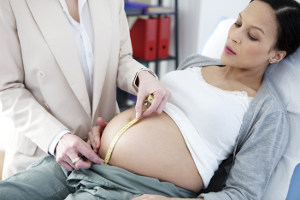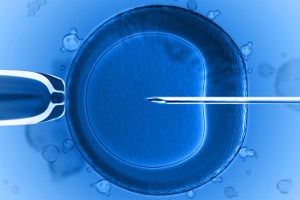Scientists of Prevention and Disease Control Centres have confirmed that, if contracted during the first months of pregnancy, by Zika virus infection increases the risk of microcephaly in the child. The article reported 476 cases of microcephaly in South America from January to November 2016, four times those recorded in the same period in 2015. Much of this is connected with two infections occurred in the first trimester of pregnancy, up early in the second.
The peak of microcephalic children in Colombia was in July 2016, with 94 cases. The event is linked to the peak of infections Zika came 24 weeks before the month concerned, then to January. The period corresponds more or less at the end of the first quarter and the beginning of the second of the women involved, which suggests that the infection has taken place in that period.
The authors, however, point out that it based the study on cases of microcephaly at birth. They have in fact counted children who demonstrated microcephaly months after birth. According to a Brazilian study, it would be a serious oversight, since there would be several cases of congenital infection Zika become manifest only in the postnatal period and therefore not detectable by prenatal testing.
The Centers for Prevention and Disease Control reported an increase in cases of Zika, even outside of the epicenter in Brazil. On the other hand, there was a decrease of waterborne infections by mosquitoes, at least in Miami. The credit would also be of reduced travel to the areas affected by the phenomenon, as recommended in August by the authorities.
Source: medscape.com
Add a comment




